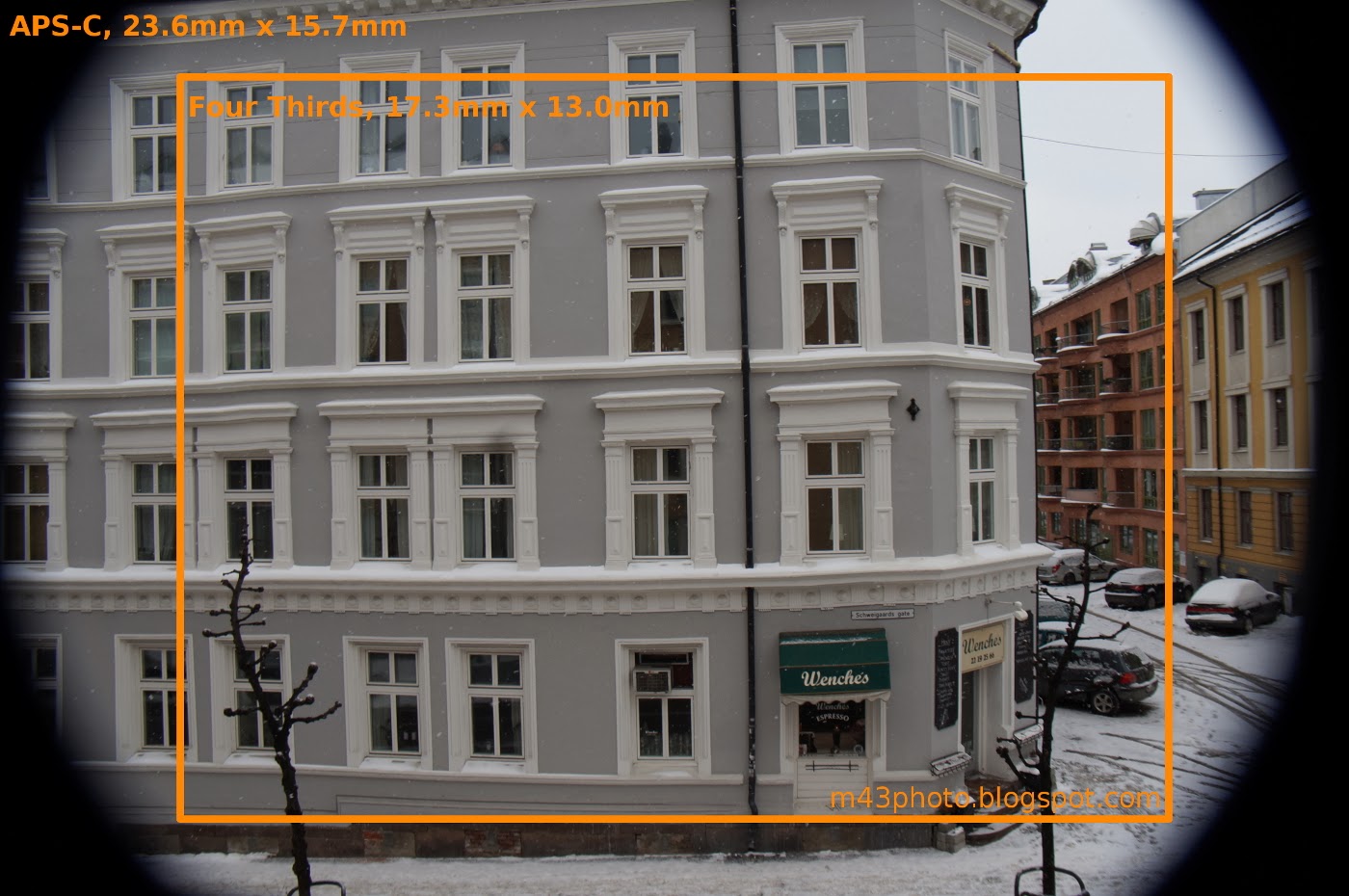

It is important to note that neither the light gathering ability of the lens, nor any of its traits are actually affected: a 50mm f2 lens on a 4/3rds body has the same f-stop and depth of field as a 50mm lens on a 35mm camera, but the 4/3rds sensor only records the equivalent field of view of a 100mm lens.Īs a general rule of thumb the depth of field of a lens is halved as its focal length is doubled (if the aperture remains constant). The 'crop factor' does affect the apparent depth of field of the taken image: with the magnification of 2, the DOF is effectively doubled (again, it is important to note that this perceived effect is due to the FOV 'crop' the same depth of field is present, but you are viewing it at twice the magnification). In essence only the portion of light entering the lens that actually hits the sensor is altered, meaning the field of view is smaller, and thereby effectively doubling the focal length of the lens.

The term 'crop factor' is somewhat misleading as the sensor does not crop the image at all - it simply utilises a smaller section of the lens. The ratio of the image size, combined with the smaller sensor means that Four-Thirds based DSLRs have a ' crop factor' of exactly 2 - that is to say, a 50mm film lens used on a Four-Thirds body gives the equivalent field of view to a 100mm lens on a 35mm film camera body. Unlike the Canon EOS system however, Four-Thirds cameras are forever 'stuck' at this sensor size whereas many EOS system lenses can accommodate sensor sizes up to 35mm (as used on the Canon EOS 5D). The Four-Thirds system is often criticised for the small size of its sensor referral to the diagram to the right will show that the sensor size is only very slightly smaller than the currently most popular entry-level DSLR, the Canon EOS 400D. The diagonal length of the 4/3rds sensor is roughly half that of a 35mm film negative. This gives the image a diagonal length of 21.6mm the smallest of the common APS-C sensors used has a diagonal of 24.88mm with dimensions of 20.7mm × 13.8 mm. The actual size of the 4/3 sensor - specified by Olympus, and a design constant in the 4/3rds system white paper - is 18 × 13.5mm, with an imaging area of 17.3 × 13.0mm.
Micro four thirds sensor vs aps c tv#
This ratio was inherited from analogue TV standards. Unlike 35mm film (and therefore most APS-C sized sensors used by other big camera brands such as Nikon, Canon or Pentax) the Four-Thirds system uses a ratio of 4:3 for its image sensor - 35mm film has a ratio of 3:2 (whereby the long edge of the rectangular sensor is either 4/3rds or 3/2 the length of the shorter side).


 0 kommentar(er)
0 kommentar(er)
